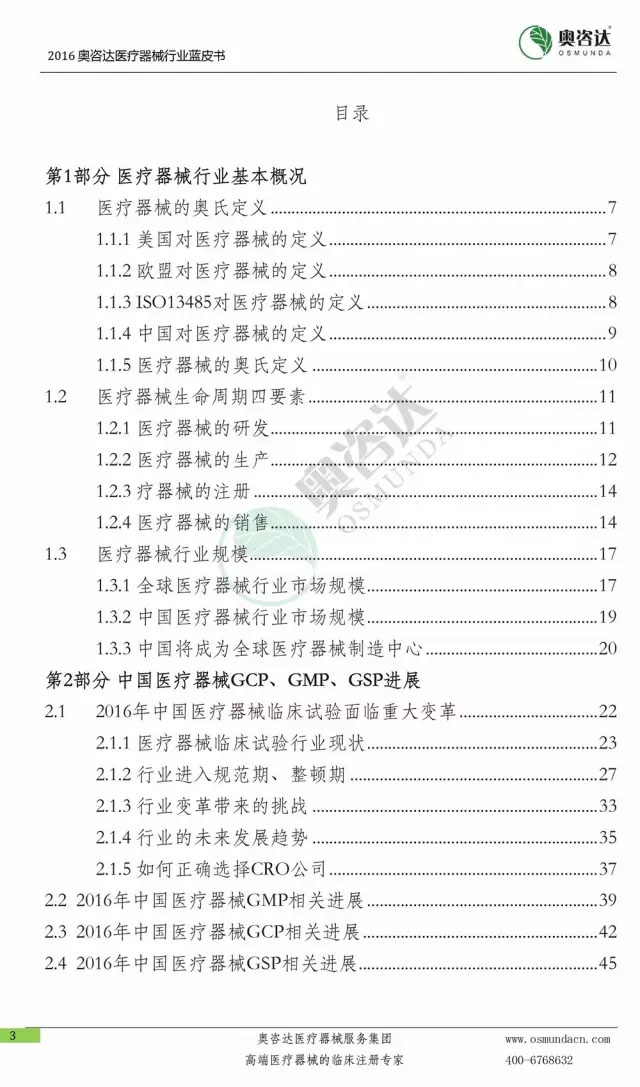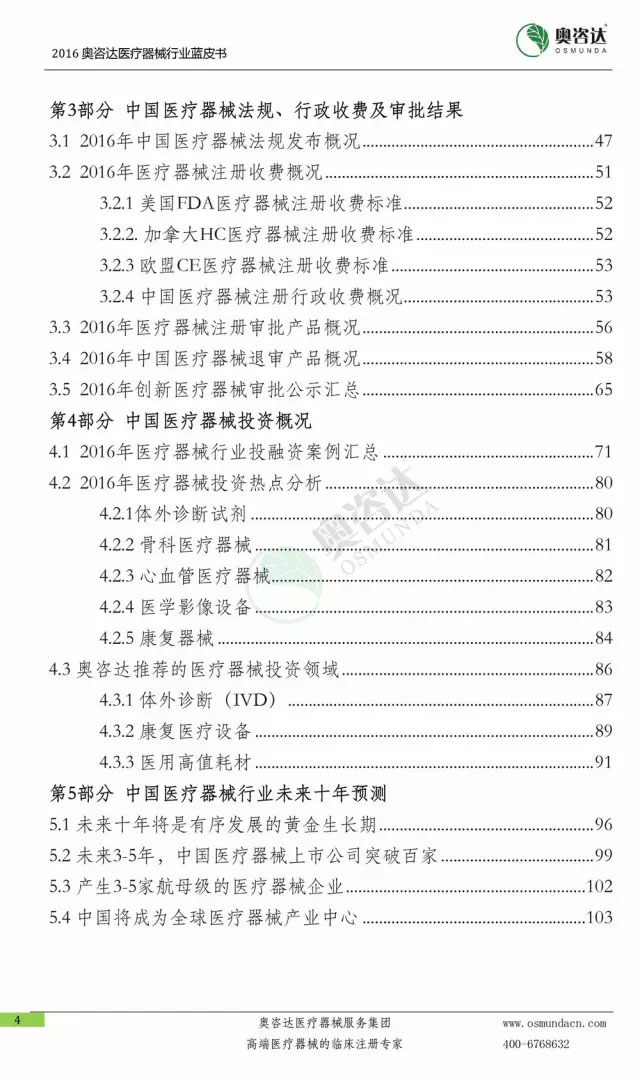



Part 1 Basic overview of the medical device industry
1.1 Austenitic definition of medical devices
When you talk about medical devices, what do you think of first? I believe that most people will think of: common medical devices such as thermometers, sphygmomanometers, wheelchairs, etc.; those who are familiar with the hospital will also associate with vacuum blood collection tubes, ultrasound, X-ray machines, etc. that are exposed during the inspection; yes, these are all It is a medical device. But do you know: condoms, contact lenses, electric toothbrushes, early pregnancy test sticks are also medical devices? Medical devices contain a wide range of applications, how should they be defined? Perhaps we can analyze the definition of global medical devices in order to deepen the understanding of the industry.
1.1.1 US definition of medical devices
First, let's take a look at the definition of medical devices by the US Medical Device Regulatory Authority and the Food and Drug Administration (FDA):
A medical device is an instrument, device, appliance, machine, appliance, implant, in vitro reagent or calibrator that meets the following conditions, or other similar or related items, including parts or Accessories, which are:
Documented in a formal national prescription, or the United States Pharmacopoeia, or its appendix;
Diagnosis, prevention, monitoring, treatment or relief of disease, acting on humans or other animals
Affecting the structure or function of a human or other animal, and not by a chemical reaction in the human or animal body to achieve the intended intended use, or by relying on the production of metabolic changes to achieve any of its intended intended use.
The United States is the world's largest medical device market, and its market value is extremely high; only products that meet the above definitions are considered medical devices. Under this definition, not only the various instruments and tools in the hospital, but also the glasses frames, spectacle lenses, toothbrushes and massagers that consumers can purchase in general stores are within the scope of FDA management.
1.1.2 EU definition of medical devices
Then, let's take a look at another big market for medical devices, the European Union's definition of medical devices. The European Medical Device Directive (MDD, 93/42/EEC) defines medical devices:
Any instrument, device, appliance, material, or other item that the manufacturer has intended for the following purposes, whether used alone or in combination, including the software required for its normal use:
- diagnosis, prevention, surveillance, treatment or alleviation of the disease;
- diagnosis, surveillance, treatment, mitigation or repair of injuries or disabilities;
- exploration, replacement or alteration of anatomical or physiological processes;
- Control of pregnancy.
Medical devices do not achieve their intended primary effects in the human body or on the human body through pharmacological, immunological or metabolic functions, but these methods contribute to the realization of their functions.
Because the EU has special requirements for in vitro diagnostic reagents and active implanted medical devices, the definition does not include the above two categories, but the description of the definition also covers most of the medical devices. At the same time, this definition is very similar to the internationally accepted ISO13485 standard.
1.1.3 ISO13485 definition of medical devices
The globally used medical device quality management system ISO13485, defines the medical device:
The intended use of the manufacturer is for one or more of the following specific purposes, whether alone or in combination, instruments, equipment, appliances, machines, utensils, implants, in vitro reagents or calibrators, software, materials or Other similar or related items. These purposes are:
- diagnosis, prevention, monitoring, treatment or relief of the disease;
- diagnosis, monitoring, treatment, mitigation or compensation of injuries;
- research, substitution or regulation of anatomical or physiological processes;
- support or sustain life;
- pregnancy control;
- disinfection of medical devices;
- Providing medical information by in vitro examination of samples taken from the human body.
The main design effects on the body surface or in the body are not obtained by pharmacological, immunological or metabolic means, but these means may participate and play a supporting role.
Breathing Filter,air filter,filter meshes,air breathe filter,breathing circuit filter
Anesthesia Medical Co., Ltd. , https://www.medicaldiverse.com